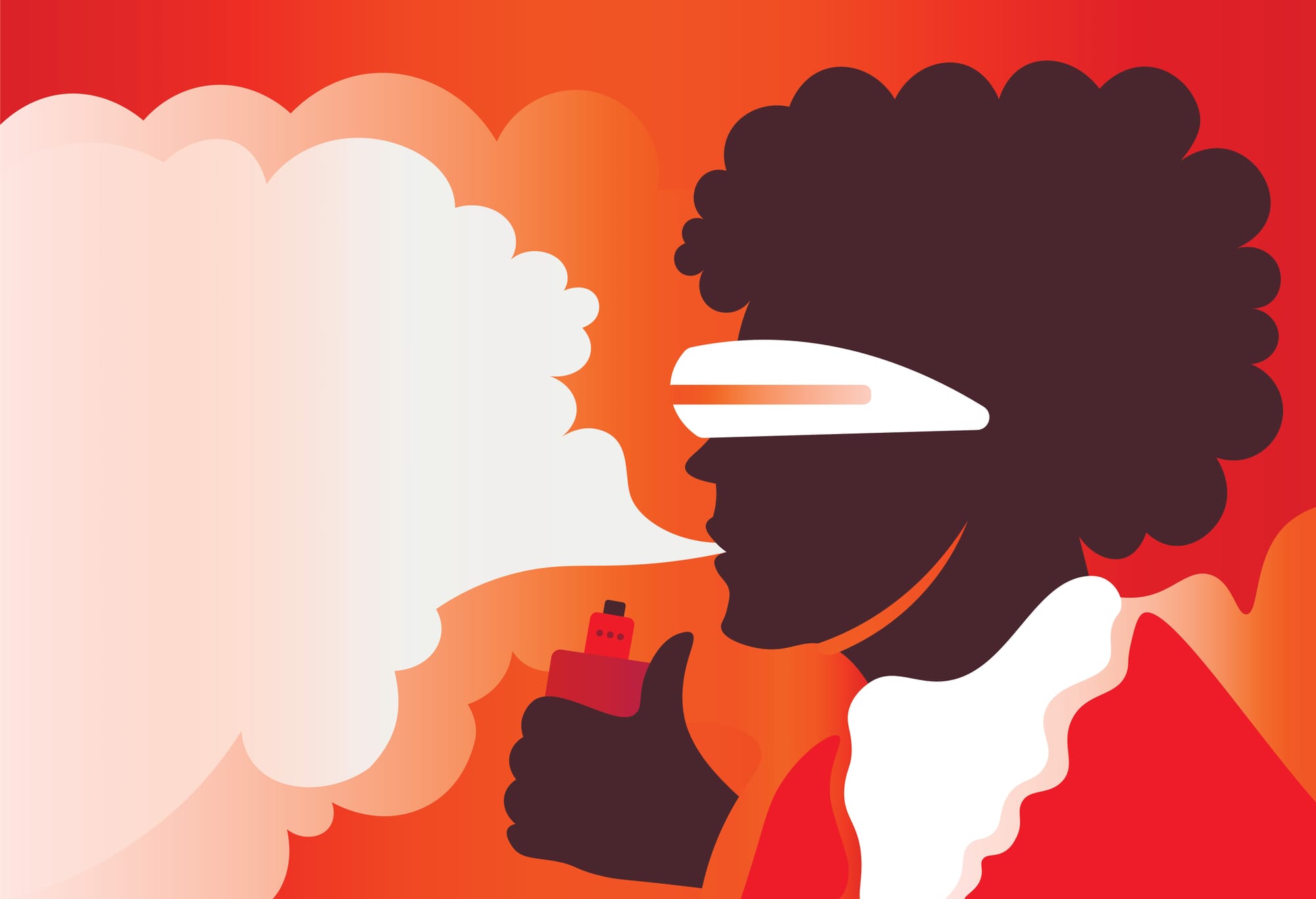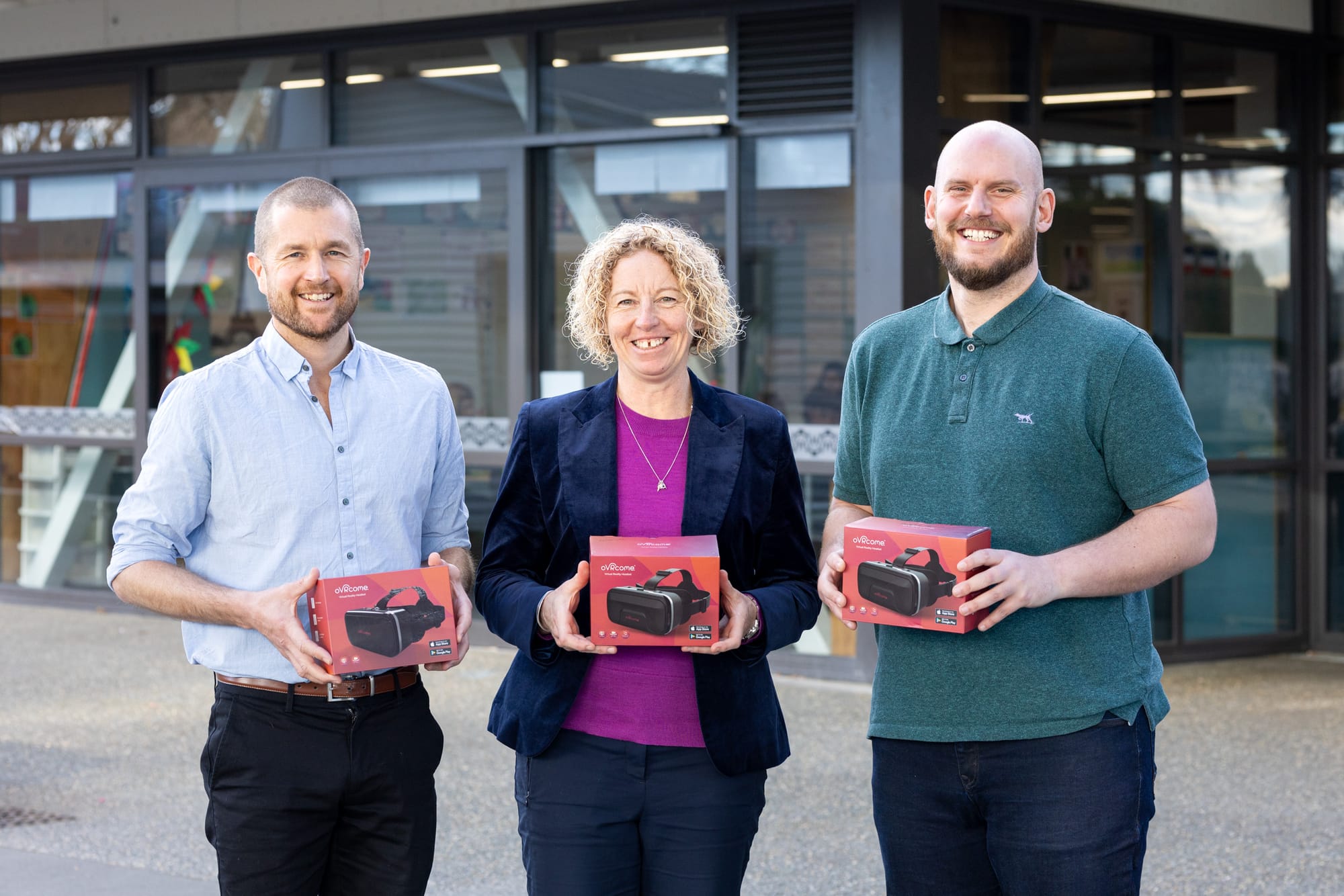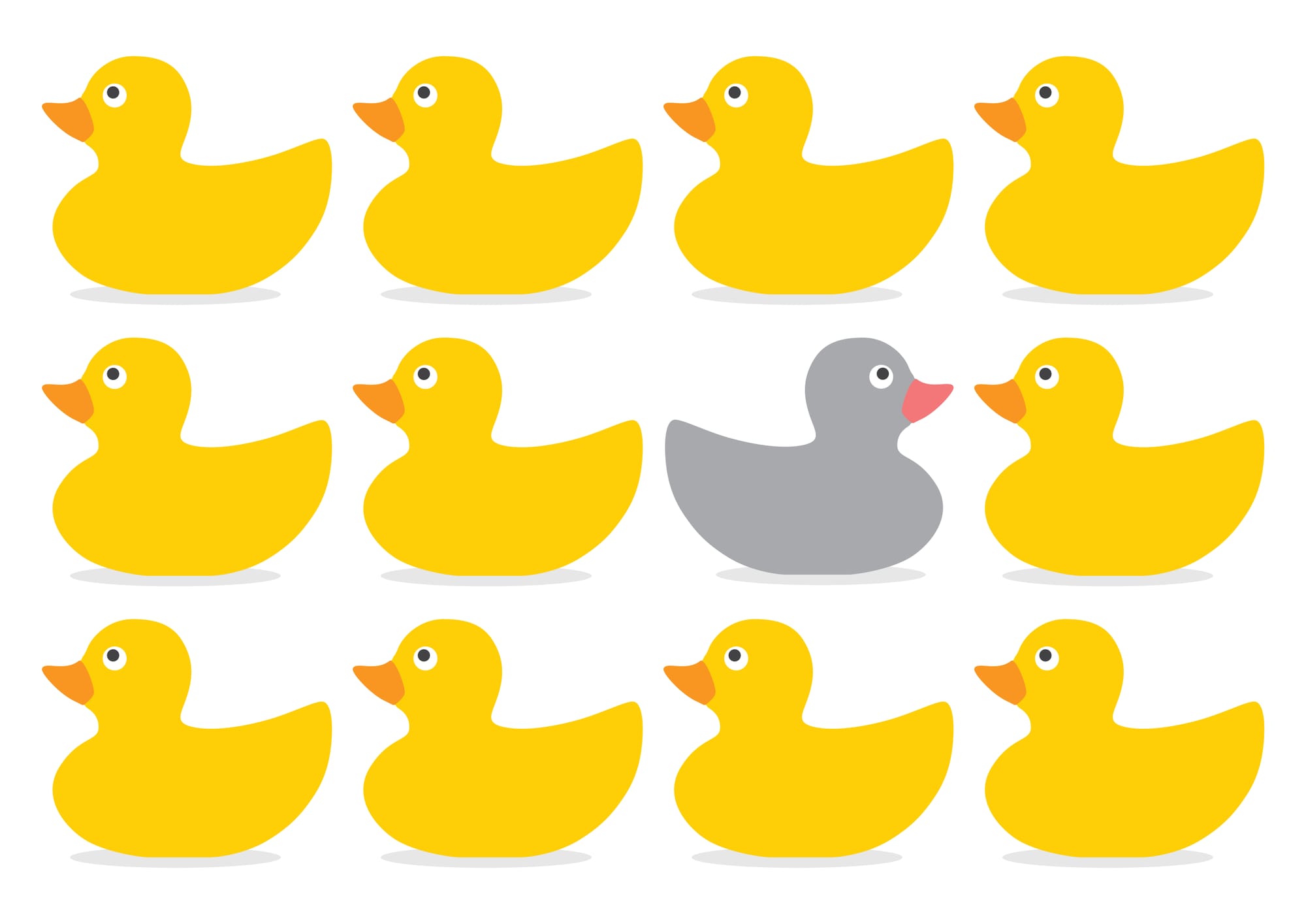
VR Vaping
Teen vaping in New Zealand is no longer a niche issue—it’s an epidemic. What started as a tool marketed for smoking cessation has rapidly become a widespread addiction, ensnaring young people who never would have smoked cigarettes in the first place. The bright colours, sweet flavours, and heavy social presence have normalised vaping to the point where it has lost the stigma long attached to smoking. And the tobacco companies know it. While they claim to support harm reduction, they’re actively growing a new market using the same manipulative marketing tactics that were banned for cigarettes.
Against this backdrop, at oVRCome, we're devloping a VR-driven intervention, taking aim at teen vaping through cue exposure therapy. Originally built as a platform to support people with phobias, social anxiety, and panic disorder, oVRCome is now being adapted to address addiction.
The way vaping is being marketed—how it’s presented as ‘okay’—is pulling teens into addiction. Traditional cessation approaches aren’t necessarily reaching young people, so we asked: what if we could take the principles of exposure therapy and scale them using VR?
The Trial: Testing VR for Vaping Cessation
To test the concept, the oVRCome team ran a pilot with five New Zealand high schools, collaborating with clinical psychologists Dr Simon Adamson and Catherine Gallagher to develop a structured programme. The goal was to combine psychoeducation with gradual exposure therapy, giving teens the tools to resist vaping triggers in real-world situations.The programme is delivered through smartphones and affordable VR headsets,

The Challenge: Scaling and Expanding
The team is now working to expand its scope beyond vaping to address other challenges schools are facing—including social anxiety, bullying, and mental health struggles. Schools know they have a problem, but they don’t necessarily have the resources to tackle it head-on. Our challenge is making this viable at scale.
The project has already received support from the Emerge Aotearoa and from Ember via its Innovations Challenge, providing some funding to expand the programme’s reach.
A Call to Action
The message from those on the frontline is clear: tackling teen vaping requires more than just education—it requires action. And that means scaling up solutions that work.


